Take a look into the Pikey Peak Trek Permits required to embark on this unforgettable journey. Nestled in the lower Solu region of Nepal, the Pikey Peak Trek offers a unique and off-the-beaten-path adventure for nature enthusiasts and avid trekkers alike.
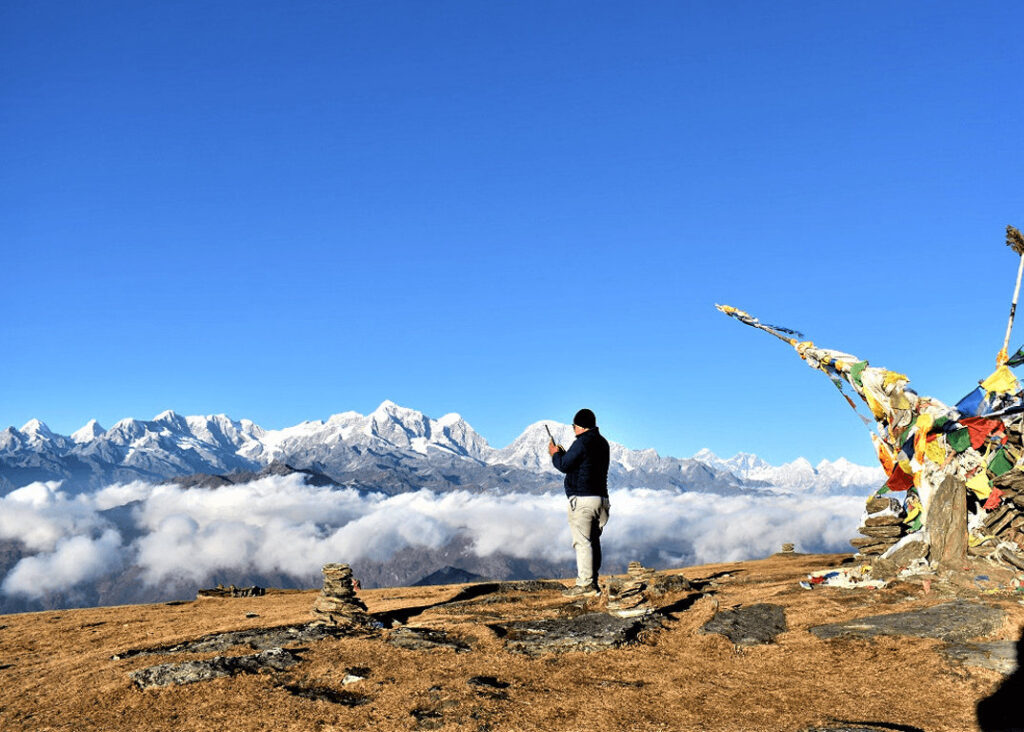
With its breathtaking vistas of the Himalayan range, including the majestic Mount Everest, the Pikey Peak Trek is gaining popularity among those seeking a quieter and less crowded trekking experience.
Trekking Permits in Nepal
Before we delve into the specifics of the Pikey Peak Trek permits, let’s understand the general trekking permits required for any trekking adventure in Nepal. The two main permits you will need are the TIMS (Trekkers’ Information Management System) card and the Sagarmatha National Park entry permit.
TIMS Card
The TIMS (Trekkers’ Information Management System) card is mandatory for all trekkers in Nepal, irrespective of the trek they choose. The TIMS card serves as a record of trekkers’ itineraries and ensures their safety.
Also Read: Pikey Peak Trek Difficulty
The cost of the TIMS card varies depending on the season and the region you intend to trek in. As of now, the TIMS card fee is approximately NPR 1,000 to NPR 2,000 (around USD 8 to USD 17) per person. It is recommended to inquire about the current fee structure while obtaining your permit.
Pikey Peak Trek Permits
The Pikey Peak Trek is relatively new compared to other well-established treks in Nepal, which means the Pikey Peak Trek Permits requirements differ slightly from the more popular routes like Everest Base Camp or Annapurna Circuit. Here are the necessary Pikey Peak Trek Permits:
Sagarmatha National Park Entry Permit:
Since the Pikey Peak Trek falls within the boundaries of the Sagarmatha National Park, you will need to obtain an entry permit.
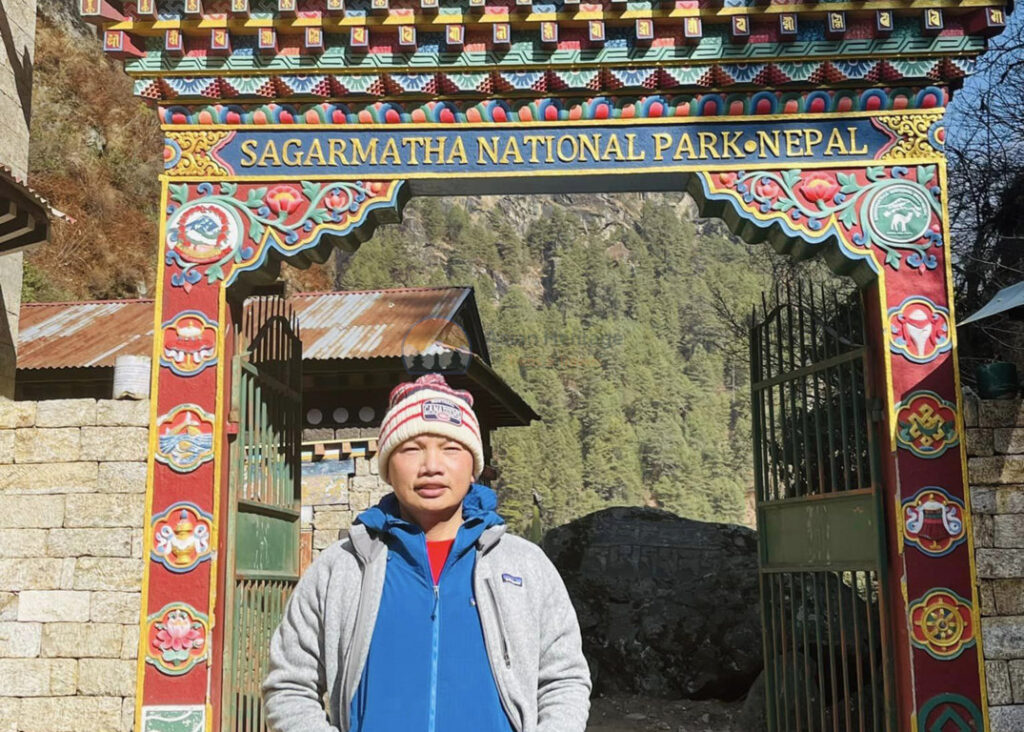
The permit fee is determined by the government and is subject to change. It is essential to carry your permit at all times during the trek.
Gaurishankar Conservation Area Permit (GCAP)
The Pikey Peak Trek passes through the Gaurishankar Conservation Area, necessitating the acquisition of the GCAP. The Pikey Peak Trek Permits fee for the GCAP is subject to change, and it is best to check with the respective permit offices for the most up-to-date information.
As of the time of writing this article, the permit fee for the GCAP is approximately NPR 3,000 to NPR 3,500 (around USD 25 to USD 30). It is important to note that the fee may vary depending on the duration of your stay in the conservation area.
You May Also Like: Pikey Peak Trek in December: Weather, Difficulty, Travel Tips, and More
Local Area Permit:
In addition to the GCAP, you will also need a Local Area Permit, which covers the specific regions you will traverse during the Pikey Peak Trek. The fee for the Local Area Permit is generally calculated on a per-day basis.
As of now, the cost is approximately NPR 2,000 to NPR 2,500 (around USD 17 to USD 22) per person per week. If you plan to extend your trek beyond a week, additional charges may apply. It is advisable to consult the permit offices for the exact fees applicable at the time of your trek.
Additional Considerations
Apart from the permit fees, it is essential to budget for other expenses associated with your trek, including accommodation, food, transportation, equipment, and guide charges if you choose to hire one. These costs can vary depending on the level of comfort and services you opt for during your trek. Researching and planning your budget in advance will help you estimate and allocate funds accordingly.
Who needs to apply for the permit?
The Pikey Peak Trek in Nepal offers a captivating journey through picturesque landscapes and stunning Himalayan vistas. Whether you are a foreigner or a local Nepali resident, it’s important to understand the permit requirements to ensure a smooth and legally compliant trekking experience. Let’s take a look at who needs to ask for a permit.
Foreigners
Foreigners visiting Nepal are required to obtain various permits for trekking in the country, including the Pikey Peak Trek. Here are the permits that foreigners need to purchase:
Gaurishankar Conservation Area Permit (GCAP)
Foreigners must acquire the GCAP to trek through the Gaurishankar Conservation Area, which is a part of the Pikey Peak Trek. The GCAP aims to support conservation efforts in the area and preserve its natural beauty.
Local Area Permit
In addition to the GCAP, foreigners must also obtain a Local Area Permit for the specific regions covered by their trek. This permit supports local community development and helps sustain the local economy.
TIMS Card
The TIMS card is mandatory for all trekkers in Nepal, including foreigners. It serves as an information management system to ensure the safety and security of trekkers. Foreigners must obtain the TIMS card before commencing their trek.
More: Pikey Peak Trek in November: Weather, Difficulty, Travel Tips, and More
Foreigners should visit the respective permit offices in Kathmandu or the entry points of the Gaurishankar Conservation Area to apply for and obtain these permits. The permit fees mentioned in the previous response apply to foreigners as well.
Local Nepali People
Local Nepali residents, including citizens and long-term residents, have different permit requirements compared to foreigners. The permits needed for local Nepali people are as follows:
Local Area Permit
Local Nepali residents are required to obtain a Local Area Permit for the regions covered by their trek, just like foreigners. This permit supports the local economy and community development.
TIMS Card
Local Nepali residents are also required to obtain a TIMS card. However, the process and fees for Nepali residents may be different from those for foreigners. Local residents should inquire at the permit offices about the specific requirements and fees applicable to them.
Local Nepali residents can apply for these permits at the permit offices, providing the necessary documentation and paying the applicable fees.
Permit Application Process
To obtain the necessary permits for the Pikey Peak Trek, follow these steps:
- Research and plan your trekking itinerary, including the estimated number of days you will spend in the Gaurishankar Conservation Area.
- Visit the respective permit offices in Kathmandu or the entry points of the Gaurishankar Conservation Area.
- Fill out the application forms provided at the permit offices.
- Submit the completed application forms along with the required fees and supporting documents.
- Once your application is processed, you will receive the necessary permits.
Hiring a Trekking Agency
If you prefer a hassle-free experience, consider hiring a local trekking agency or guide. They will take care of the permit applications on your behalf, ensuring all the necessary permits are obtained before your trek. Moreover, trekking agencies provide experienced guides who are well-versed in the local culture, routes, and potential challenges.
Pikey Peak Trek highlights
The Pikey Peak Trek is a hidden gem in the lower Solu region of Nepal, offering a remarkable adventure for trekkers seeking breathtaking mountain vistas, cultural encounters, and a tranquil experience away from the crowds.
Read: Pikey Peak Trek in October: Weather, Difficulty, Travel Tips, and More
This blog post will unveil the highlights that make the Pikey Peak Trek a must-visit destination for nature enthusiasts and adventure seekers.
Spectacular Himalayan Views:
One of the major highlights of the Pikey Peak Trek is the opportunity to witness awe-inspiring views of the Himalayan range, including the iconic Mount Everest (8,848 meters/29,029 feet).

From the summit of Pikey Peak (4,068 meters/13,347 feet), trekkers are rewarded with a panoramic vista of snow-capped peaks, such as Kanchenjunga, Makalu, Lhotse, and the Rolwaling range. The sight of these majestic giants against the backdrop of clear blue skies is truly mesmerizing and a photographer’s dream.
Cultural Encounters:
The Pikey Peak Trek offers an authentic cultural experience as you pass through traditional Sherpa and Rai villages. Interacting with the friendly locals provides insights into their unique way of life, rich traditions, and warm hospitality.
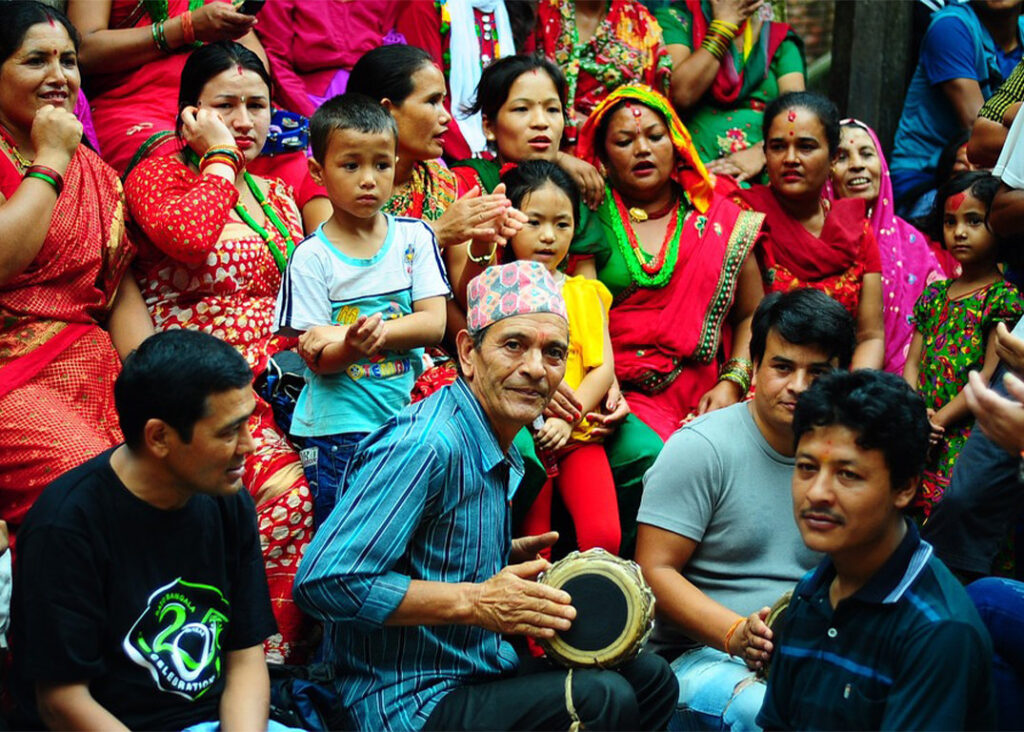
You can immerse yourself in the local culture, taste traditional delicacies, visit monasteries, and witness colorful festivals, gaining a deeper understanding of the Himalayan heritage.
Off-the-Beaten-Path Experience:
Compared to more popular trekking routes in Nepal, the Pikey Peak Trek offers a quieter and less crowded experience. The trail meanders through serene landscapes, dense forests, and picturesque terraced fields, allowing trekkers to immerse themselves in the tranquility of nature. With fewer trekkers on the trail, you can enjoy the serenity, connect with the surroundings, and relish the sense of solitude in this pristine Himalayan region.
Unique Sunrise and Sunset Views:
Pikey Peak is renowned for its breathtaking sunrise and sunset views. Watching the first rays of the sun illuminate the snow-capped peaks in shades of gold and pink is a surreal and unforgettable experience.

Similarly, witnessing the mountains cast their majestic shadows during sunset is equally awe-inspiring. The play of light and colors against the backdrop of the Himalayas creates a magical ambiance that will stay etched in your memory forever.
Pikey Peak Base Camp:
The Pikey Peak Base Camp serves as an overnight stop before ascending to the summit. Located at an elevation of around 3,640 meters (11,942 feet), it offers a serene and picturesque setting.
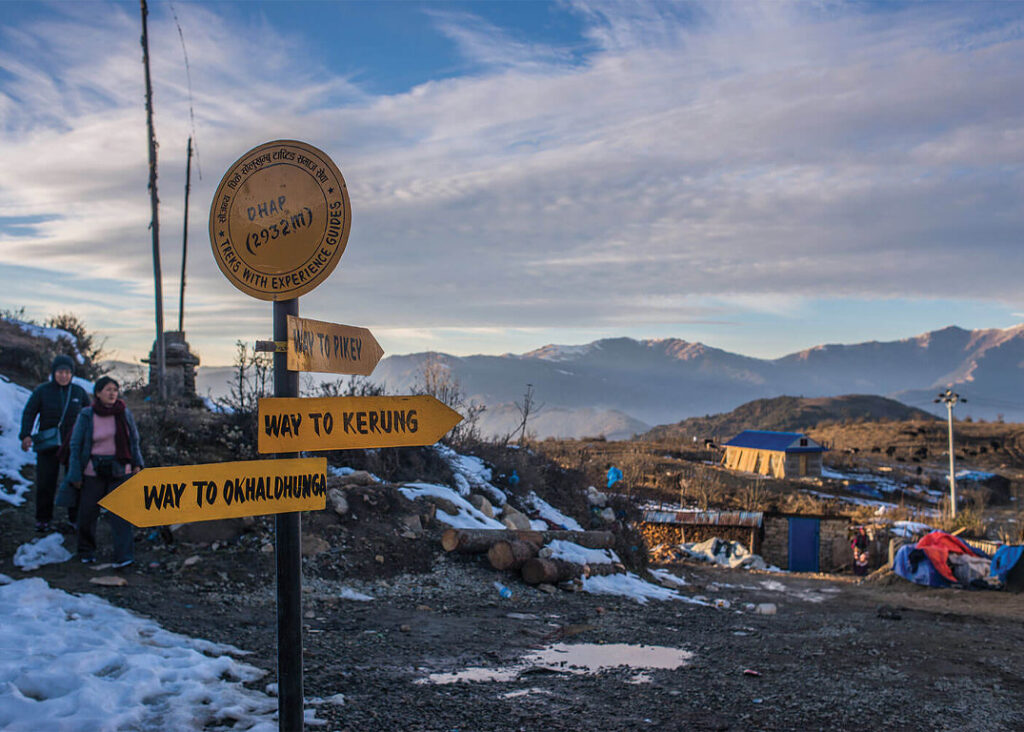
The surrounding landscape, dotted with prayer flags and offering panoramic mountain views, provides a peaceful atmosphere for trekkers to rest, rejuvenate, and prepare for the final climb to the summit.
Unique Flora and Fauna:
The Pikey Peak region is home to a diverse range of flora and fauna. As you trek through the lush forests and alpine meadows, you may encounter rhododendron forests ablaze with vibrant colors during the spring season.
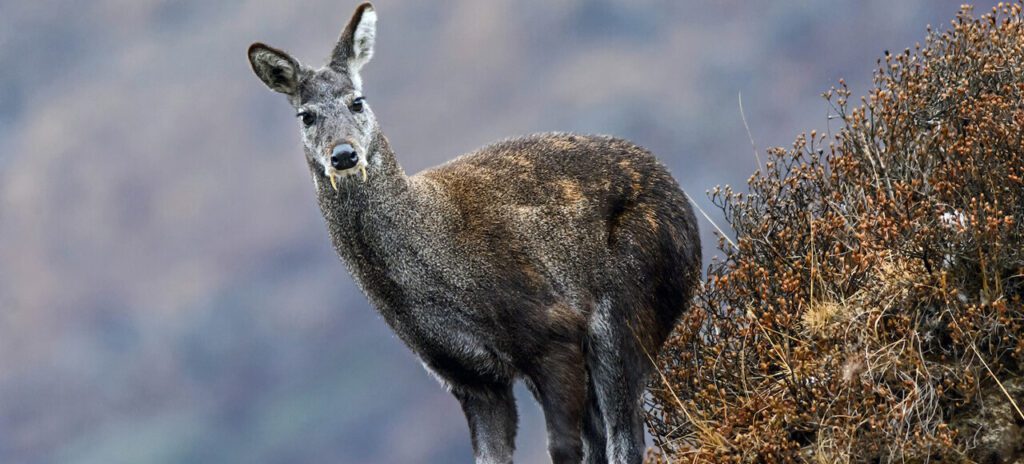
Keep an eye out for Himalayan birds like the Danphe (the national bird of Nepal), pheasants, eagles, and various species of butterflies. If you’re lucky, you might even spot elusive wildlife such as musk deer or the Himalayan tahr.
Pikey Cultural Trail:
For those interested in delving deeper into local culture, the Pikey Cultural Trail is a must-visit. This trail connects several culturally significant sites, including monasteries, stupas, and ancient Sherpa villages.

You can witness religious ceremonies, participate in traditional rituals, and learn about the spiritual practices and beliefs of the local communities. The Pikey Cultural Trail offers a fascinating glimpse into the region’s religious and cultural heritage.
Homestay Experience:
One of the unique aspects of the Pikey Peak Trek is the opportunity to stay in traditional homestays. These homestays allow you to experience the warmth and hospitality of the local Sherpa and Rai communities firsthand.

You can learn about their daily lives, and traditional practices, and enjoy authentic home-cooked meals. Staying in a homestay not only enriches your cultural understanding but also provides direct support to the local economy.
Pikey Peak Festival:
If you time your trek during the right season, you might have the chance to witness the vibrant Pikey Peak Festival. Held annually in November, this festival celebrates the harvest season and is a significant cultural event for the local communities. Colorful dances, traditional music, and religious ceremonies are performed during the festival, providing a fascinating cultural immersion for trekkers.
Gateway to Everest Region:
The Pikey Peak Trek serves as a gateway to the Everest region. After completing the trek, you can choose to extend your adventure by continuing on to famous destinations like the Everest Base Camp or Gokyo Lakes.

This makes Pikey Peak Trek an excellent choice for those who want to combine multiple treks and explore more of Nepal’s iconic Himalayan landscapes.
Pikey peak weather and seasons
When planning a trek to Pikey Peak in Nepal, understanding the weather conditions is crucial for a safe and enjoyable experience. The region’s weather can significantly impact trekking conditions, visibility, and overall comfort.
Read: Pikey Peak Trek in September: Weather, Difficulty, Travel Tips, and More
In this blog post, we will provide a comprehensive guide to the Pikey Peak weather, including the best time to visit and what to expect during different seasons.
Best Time to Visit:
The ideal time to trek to Pikey Peak is during the spring (March to May) and autumn (September to November) seasons when the weather is relatively stable and the skies are clear. These seasons offer pleasant temperatures, excellent visibility, and colorful flora in bloom.
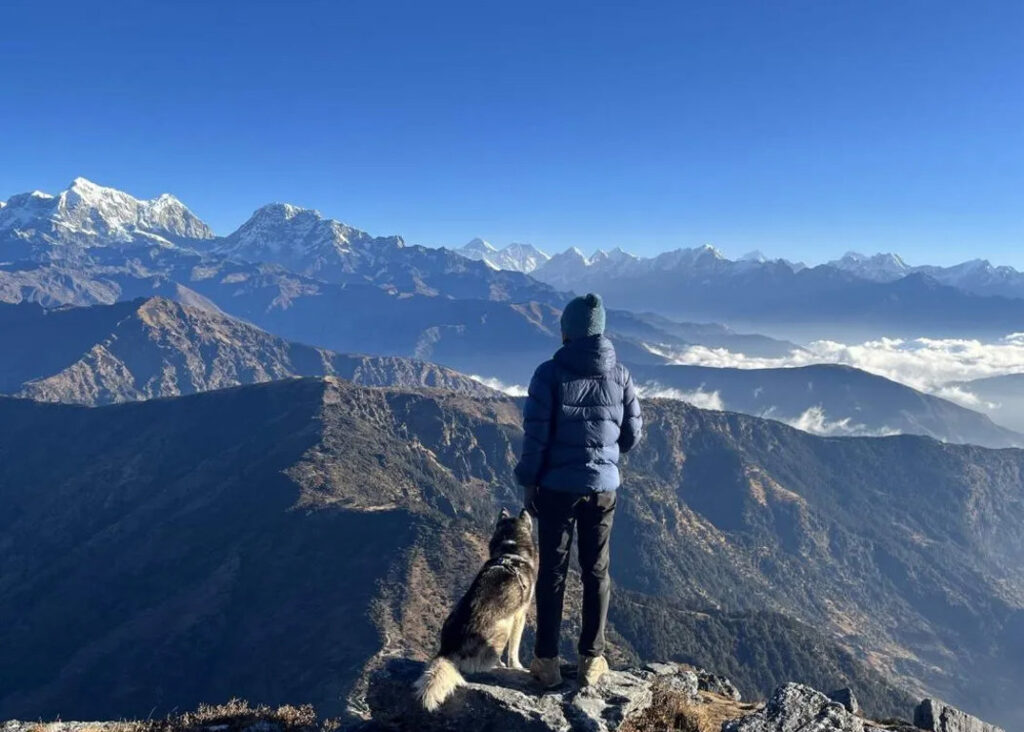
The best time may vary depending on individual preferences, but these seasons generally attract the most trekkers.
Spring Season (March to May)
During spring, the weather in Pikey Peak is generally mild and favorable for trekking. The temperatures start to warm up, especially at lower altitudes, and the days gradually become longer. It is a great time to witness rhododendron forests in full bloom, adding vibrant hues to the landscape. However, occasional rain showers are common, so it’s advisable to carry appropriate rain gear.
Autumn Season (September to November)
Autumn is considered the peak trekking season in Pikey Peak. The weather is typically stable, with clear skies, moderate temperatures, and excellent visibility. The days are pleasant, allowing for comfortable trekking, and the nights can be chilly, especially at higher altitudes. The autumn season offers stunning mountain views and is also a popular time for various festivals and cultural celebrations.
Monsoon Season (June to August)
The monsoon season brings heavy rainfall to the Pikey Peak region, making trekking challenging and potentially hazardous. The trails can become muddy, slippery, and prone to landslides. The cloudy skies limit visibility, obscuring the panoramic views of the mountains.
Related: Pikey Peak Trek in August: Weather, Difficulty, Travel Tips, and More
Trekking during the monsoon season is not recommended unless you have experience in monsoon treks and are prepared for the conditions.
Winter Season (December to February)
The winter season in Pikey Peak is characterized by cold temperatures, particularly at higher altitudes. The days are generally clear and dry, but the nights can be extremely cold, with temperatures dropping below freezing. Snowfall is common, adding a pristine beauty to the landscape. Trekking during winter requires proper cold-weather gear, and certain routes may be inaccessible due to heavy snow.
Weather Variations with Altitude
It’s important to note that weather conditions can vary significantly with altitude. As you ascend to higher elevations, temperatures drop, and the air becomes thinner.

It is essential to be prepared for these changes and dress in layers to adjust to varying temperatures throughout the day. Additionally, weather conditions can change rapidly in the mountains, so it’s advisable to keep a close eye on weather forecasts and be flexible with your itinerary.
Difficulties
Embarking on the Pikey Peak Trek in Nepal is a thrilling adventure that offers magnificent mountain vistas, cultural encounters, and a serene trekking experience. However, it’s essential to assess the difficulty level of the trek to adequately prepare and ensure a safe and enjoyable journey. In this blog post, we will explore the factors that contribute to the overall difficulty of the Pikey Peak Trek and provide insights to help you gauge its challenges and rewards.
Trekking Duration and Distance:
The Pikey Peak Trek is typically completed in 7–9 days, depending on the chosen itinerary and individual pace. The trail covers a distance of approximately 75 kilometers (47 miles). While the daily trekking distances may vary, expect to walk an average of 6–8 hours per day.
The duration and distance of the trek require a moderate level of physical fitness and endurance to sustain long hours of walking.
Altitude Considerations
Altitude plays a significant role in the difficulty of the Pikey Peak Trek. The trek gradually ascends to Pikey Peak at an elevation of 4,068 meters (13,347 feet). Acclimatization is crucial to avoid altitude-related illnesses, such as Acute Mountain Sickness (AMS).
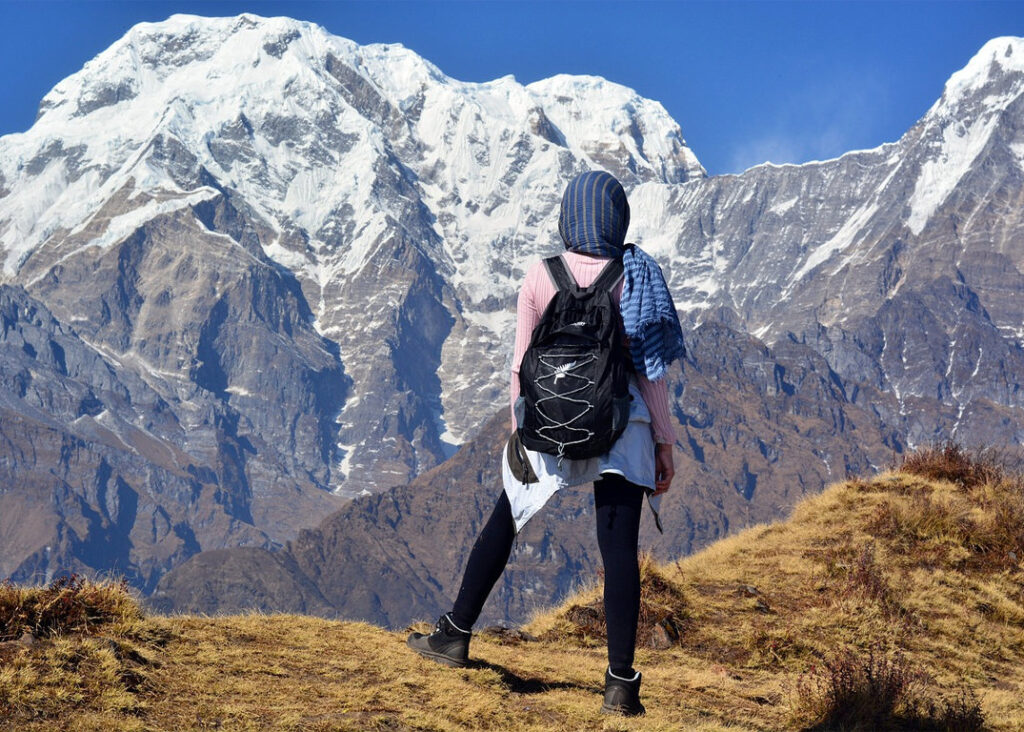
Adequate rest days and a gradual ascent profile are recommended to allow your body to adjust to the changing altitude. It is advisable to consult with a healthcare professional and be aware of the symptoms and prevention of altitude sickness.
Terrain and Trail Conditions
The terrain encountered during the Pikey Peak Trek varies from gentle slopes and forested trails to steep ascents and descents. The paths can be uneven, rocky, or muddy, especially during the monsoon season. Proper trekking footwear with good ankle support is essential to navigating the varied terrain comfortably. Additionally, carrying a suitable backpack with necessary supplies is important for maintaining balance and stability while trekking.
Weather Conditions
Weather conditions can impact the difficulty of the Pikey Peak Trek. During spring and autumn, the weather is generally favorable with mild temperatures and clear skies. However, occasional rain showers in spring and colder temperatures in autumn require appropriate gear and preparedness.
Read: Pikey Peak Trek in July: Weather, Difficulty, Travel Tips, and More
Trekking during the monsoon season (June to August) is not recommended due to heavy rainfall and challenging trail conditions. Winter trekking (December to February) brings cold temperatures and the possibility of snowfall, requiring proper cold-weather gear.
Remote and Less Crowded Trail
The Pikey Peak Trek offers a quieter and less crowded trekking experience compared to more popular routes in Nepal. While this solitude adds to the charm, it also means fewer amenities along the trail. Basic teahouses and accommodations are available, but they may be limited in some sections. Adequate planning, carrying essential supplies, and being self-sufficient are essential for a comfortable trek.
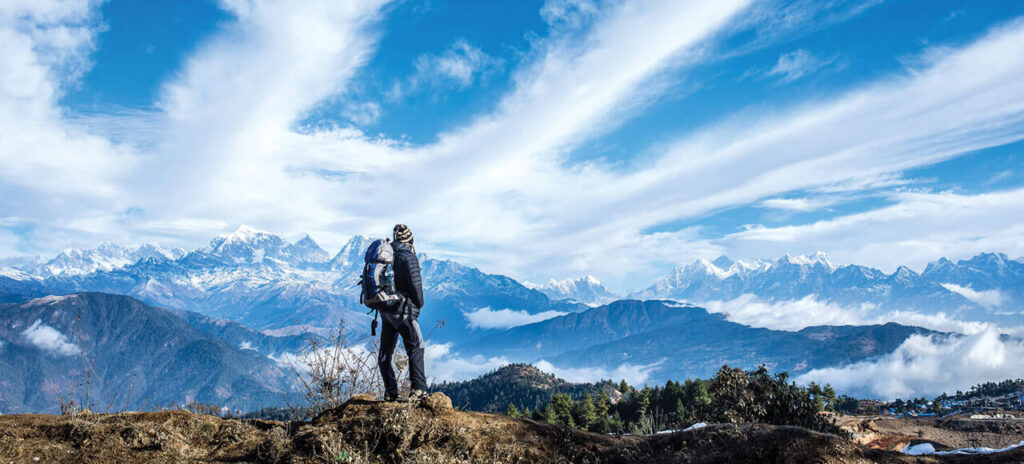
The Pikey Peak Trek presents moderate challenges that can be overcome with proper preparation, fitness, and a cautious approach. The trek offers a rewarding experience with stunning mountain panoramas, cultural encounters, and a serene ambiance. Assess your physical fitness, consider altitude acclimatization, and be prepared for varied trail conditions and weather changes. With the right mindset and adequate preparation, you can conquer the challenges of the Pikey Peak Trek and savor the immense rewards of this hidden gem in Nepal’s Himalayas.







